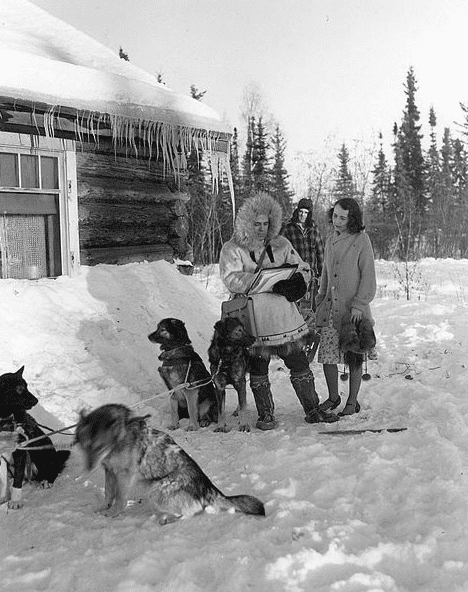Introduction: In this article, Gena Philibert-Ortega provides search tips for finding your ancestor’s name in the U.S. Census. Gena is a genealogist and author of the book “From the Family Kitchen.”
As a genealogist, you’re familiar with the U.S. Decennial Census. The census is most likely one of the first records you searched as a new family historian. But what about those times you can’t find the person you’re looking for in the census? Now what? Sometimes it’s just a matter of thinking about the problem differently. Here are a few ideas to get you started.

Don’t Overdo It
As you fill in the search engine boxes on a genealogy website, it can be tempting to include everything you know about your ancestor: the name of the person, year and place of birth, residence, and names of family members. But that can in some cases be the least effective way to search. By adding all of that information to the search form, you’re essentially telling the website that it should find results that contain all of those dates/names/places. While it may seem like a good idea when searching on a common surname like “Smith,” it’s not the best way to search in general.
Searching for an ancestor in the census often means conducting multiple searches. You never know how an ancestor will be listed in a record, and sometimes finding them is not as easy as you would hope. To start, try searching on just a name, birth year and place, and residence. Working with a common surname? How about adding a spouse or a parent’s first name? Someone in the family have a unique first name? Add that.
Remember that the information you enter in a search engine box may look very different from what is found on the census. Don’t give up after just one search; try various searches with different amounts of information.
What’s Their Name?
Searching for a name can mean more than just entering a first and last name into a search engine. Consider that, for whatever reason, your ancestor’s name may appear very differently than you would expect in the census. For example, initials substituting for first and middle names may have been used as a convenience for the census taker. A stepchild’s surname may be mistakenly listed as the same as the head of household’s. A nickname common to the era, but rarely used today, may have been substituted for a first name. And there can and will be misspellings and errors in indexing due to difficult-to-read handwriting.
Also consider the name itself. A surname that starts with Mac or Van may be mis-indexed so that the prefix appears as a middle name, changing the surname completely.
As you search for your ancestor in the census, make the most of search engine tools such as wild cards or Soundex (when available). Try variations of your ancestor’s name. Also try to search by just a first name and some identifying information, leaving the surname out completely (works better if the first name isn’t too common). Finally, always read more about the search engine and the website’s collection to get tips for conducting the best search you can.
Page by Page
In some cases, you may need to search the census page by page to find the person or family you’re looking for.
What’s the benefit of searching the census page by page? Well to begin with, you’re more likely to find something that was mis-transcribed or mis-indexed. However, you need to make sure to stay alert as you search line by line because it’s easy to “zone out” and glance over names, not truly paying attention.
Obviously, suggesting going page by page in the census is easier said than done, especially in cases where you are searching a large metropolitan city. BUT I’ve found that doing things the “old fashioned” way we use to, in some cases, can yield the results you need.
Try Again
Census research isn’t always easy. Of course, there’s always the chance that – for whatever reason – your ancestor is simply not there or not where you expect to find them. But incorporating the above tips in your next search can make a difference.
Related Articles:
